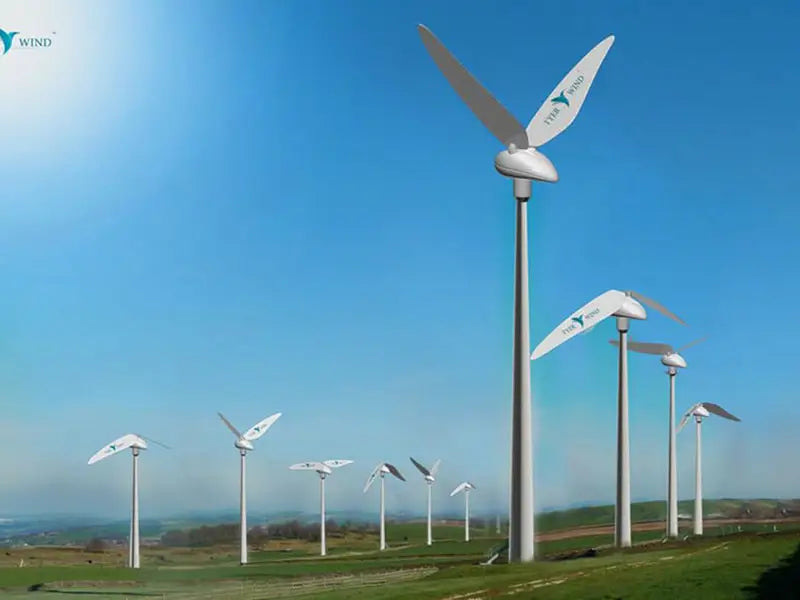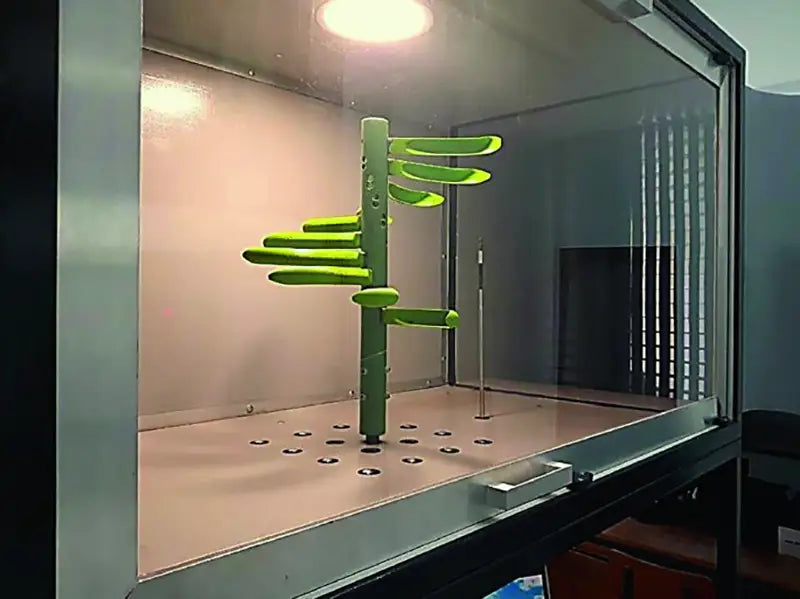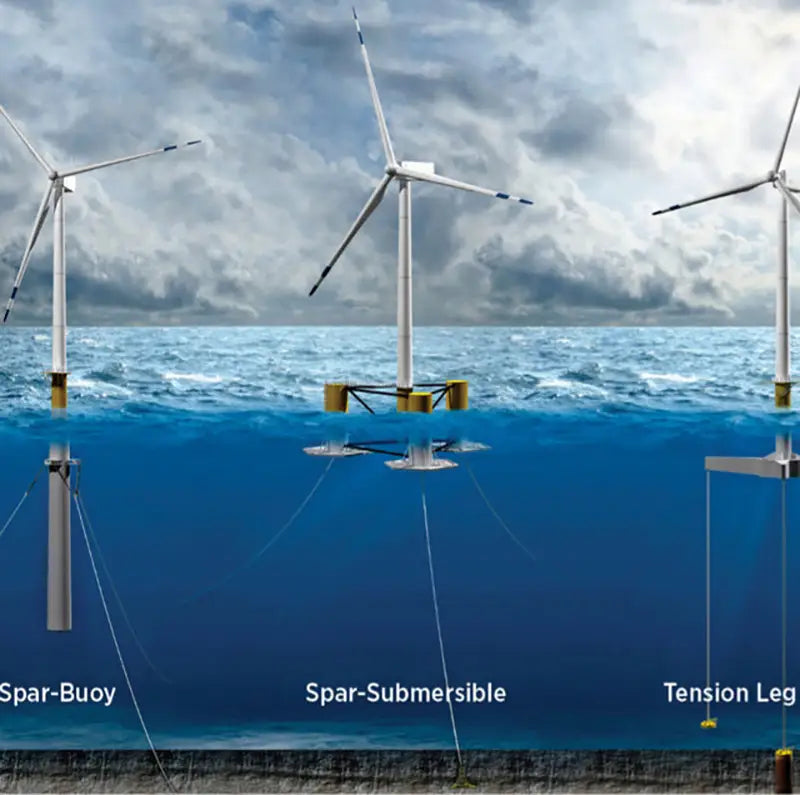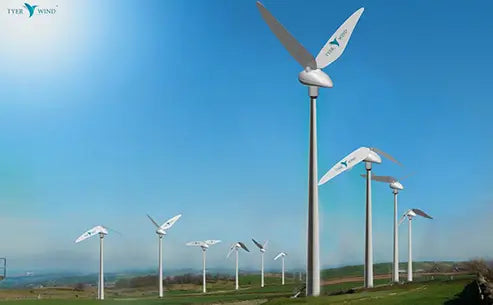
A prototype is the initial form of a product that does not have to have all the features of the final product, but only the key features needed to test certain aspects of the product. When designing and manufacturing any product, there is a part called "prototyping". The so-called prototype refers to a fully functional physical device in structure for a new model or new design. Through this device, the designer can verify the design performance of each part of the prototype and the compatibility between parts, and check the design performance of the prototype. Product prototypes are divided into digital prototypes and virtual prototypes.
There are many factors to consider when developing a new product. In order to make better trade-offs in various aspects, it is often necessary to establish a series of small-scale product test models. By reassembling the test models and conducting tests, they are discussed and calibrated by personnel with different experience backgrounds such as design, process, management and sales. Check the correctness of the product design. In order to reflect the characteristics of the real product, this kind of test model usually takes a considerable amount of time and expense for the designer to manufacture, and may even affect the determination and further optimization of the performance of the prototype system. We usually call this model a physical prototype or a physical prototype. Prototype. People from different departments evaluating physical prototypes not only want to see an intuitive prototype, but also that the prototype can ideally be modified quickly and easily to reflect the outcome of the discussion and prepare it for further discussion , but doing so would be time-consuming, expensive, and sometimes impossible.

1. Digital Prototypes
Digital prototype is a product model designed using CAD solid modeling software and feature modeling technology, and it is a replacement technology for physical prototype. Based on the CAD model, engineering analyses such as finite element, kinematics and dynamics can be performed to validate and improve design results. These analyzers can provide detailed information about product functionality, but should only be used by professionals. However, in the early stages of product development, such as in concept design, detailed analysis is often not required, where the focus is on appearance, general layout, and some features such as motion constraints, accessibility, etc., based on The digital prototype of traditional CAD/CAM is not enough.
2. Virtual Prototyping
The virtual prototype is to complete the function of the physical prototype by constructing a digital prototype. The virtual prototype can realize the interactive modeling and analysis of the product geometry, function and manufacturing. Virtual prototyping is a method that combines virtual technology and simulation method on the basis of CAD model to provide a method for the establishment of prototype machine. This definition includes the following points:
(1) Functions that specify the need for virtual prototypes should be clearly defined and simulated.
(2) If the human behavior is included in the functions specified by the prototype, then the human behavior should be simulated realistically or the human is included in the simulation loop, that is, the real-time human-in-loop simulation is required.
(3) If the designated function of the prototype does not require human behavior, then off-line simulation, ie non-real-time simulation, is feasible.

At the same time, the definition points out that the virtual prototype has the following points: first, it is a partial simulation, and it cannot be required to simulate the full function of the desired system; second, the simulation using the virtual prototype lacks real functions at the physical level; finally, the virtual Prototyping is the process of making necessary judgments by simulating the expected system response according to the existing details at the current stage of design. Compared with physical prototypes, an essential difference of virtual prototypes is that they can be constructed at the earliest stage of design, far before the finalization of the design.
Of course, the virtual prototype is not used to replace the existing CAD technology, but to work on the basis of CAD data. The virtual prototype provides additional functional information to the designed object, and the product model database contains a complete and integrated product. Model data and management of product model data provide shared information for all stages of the product development process.
Virtual prototype simulations are based on the functionality of domain objects. Its model is logically a network composed of multiple domain objects, managed by a single server. Users participating in the virtual prototype simulation connect to the server through client nodes. The core of the server node is the object manager, which centrally reflects the overall structure information of the product through the management of a group of domain entity objects. The client node consists of view objects, simulated client agents and collaborative virtual prototype simulation interfaces. The view object is dynamically generated by the object manager according to the user's simulation requirements, and records the content and form of the information the user wants to obtain. Its main function is to cooperate with the simulation client agent to provide the user with the required product simulation view to reduce information redundancy. . Designers in different fields care about the content and the angle of understanding the problem are different. The simulation client agent finds the information required by the user in the simulation output results generated by the objects in various fields, and sends it to the virtual prototype interface to generate a visual output after a certain conversion. After the user's operation on the virtual prototype is perceived by the virtual prototype interface, it is also transformed into an incentive form recognizable by the domain object through the simulated client agent, and sent to each domain object through the virtual prototype server.

3. Virtual Prototyping Technology
Virtual prototyping technology is an engineering method that uses digital or virtual digital models to replace expensive physical prototypes, thereby greatly shortening the product development cycle. It is an alternative technique to physical prototypes.
"Virtual Prototype" refers to a prototype system or prototype subsystem based on computer simulation. Compared with the physical prototype, it achieves the real function to a certain extent, so it can be called a virtual prototype or a virtual prototype. "Virtual Prototyping" refers to the process of using virtual prototypes instead of physical prototypes in order to test and evaluate specific properties of a system design. It is presented to developers and sellers through virtual reality, so that users can interact with the virtual reality environment during the construction of virtual prototypes. We call it virtual prototyping. Virtual prototyping is a major part of the virtual manufacturing process. In general, the abbreviation VP refers to the above two concepts. The US Department of Defense defines a virtual prototype as the use of computer simulation technology to build a model similar to a physical prototype, and to evaluate and test the model to obtain characteristics about the candidate physical model design.
The purpose of developing virtual prototypes is to facilitate users to observe, analyze and process products.
Read more: Inverter unit for wind turbines
















